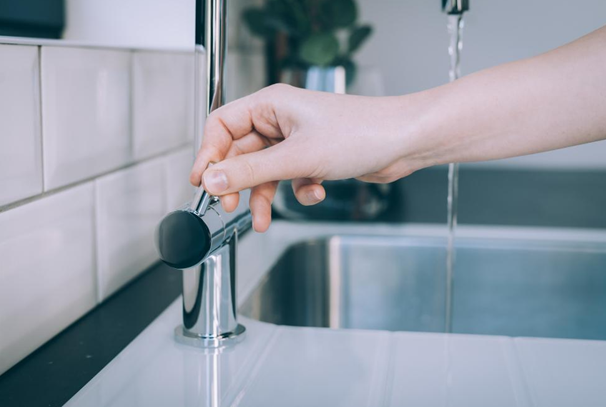Water captures the very essence of existence for us humans as well as for animals and plants. However, we’ve come to a point where this essential resource is dangerously limited as a result of our rush for growth. We must change our course toward a more sustainable and effective use of water as our blue world faces more and more problems relating to water. This article offers helpful advice on how responsible householders can drastically cut down on water wastage at home, paving the way for a more sustainable future.
Regularly Check for Leaks
Despite their apparent innocence, leaks can significantly contribute to water waste. Even though a gradual drip from a leaking faucet or a running toilet may seem insignificant at first, over time it can add up to a significant water loss. Leaks in homes can annually waste close to 10,000 gallons of water. Regular checks for leaks can help to reduce this waste. In real life, keep an eye on your water meter for two hours if possible. Record both the prior and subsequent meter readings. A potential leak is indicated by a change in the meter reading. Leaks are not always obvious; some are buried or concealed in walls. A disproportionately high water bill is another symptom of possible leaks. Not only does fixing these leaks quickly preserve water, but it also lowers your water expenses.
Upgrade to Water-efficient Appliances
Water use from appliances in the home accounts for a sizable amount. However, technical development has resulted in more water-saving gadgets, providing a fantastic way to cut down on water waste. Particularly washing machines and dishwashers have experienced notable advancements in water efficiency. Pay close attention to the water efficiency ratings of new appliances. To avoid wasting too much water, certain washing machines, for example, contain load sensing technology that changes the water level to the size of the load. Low-flush toilets are another option that use a lot less water than regular ones. You may save money on water expenditures and conserve water by switching to these water-efficient appliances.
Reduce Shower Time
Showers account for a sizable amount of household water use. Depending on your showerhead, you may use 2.5 liters of water or more per minute in the shower. Because of this, shortening your showers can significantly reduce your water usage. Use a waterproof timer or a smart showerhead that warns you after a predetermined amount of water usage. You can progressively train yourself to take shorter showers in this way. Additionally, think about purchasing low-flow showerheads. These gadgets preserve the water pressure you’re used to while using less, meeting the twin objectives of water conservation and a pleasant showering experience.
Manage Your Drains and Hot Water Systems
Blocked sewers and ineffective hot water systems are two instances of unexpected water wasting. Water is wasted significantly when drains are blocked because they hinder water from flowing freely, causing it to back up and possibly overflow. You can call experts to unclog blocked drains and ensure drains are clean and working correctly. Similar to this, hot water systems can also cause water waste. Traditional hot water systems store the water and keep it heated, which results in “standby” energy loss. Additionally, running the faucet until the water boils up wastes a lot of water. These problems are resolved by on-demand or tankless hot water systems, which only heat water as it is needed, saving both water and energy.
Get into xeriscaping
Landscaping can use a lot of water, especially in arid climates. Using the fascinating landscaping technique known as xeriscaping, which requires less irrigation, is one intriguing way to address this. Incorporating local, drought-resistant plants that grow well in the soil there, or perhaps completely replacing them, is a practice known as xeriscaping. Additionally, xeriscaping entails thoughtful landscape planning. You can design a water-efficient garden by arranging plants according to their water requirements and adding components like mulch or rocks that stop water evaporation. Although xeriscaping may need an initial time and effort commitment, the water savings, decreased upkeep, and drought resistance make it a viable tactic for cutting down on household water consumption.
Water conservation is about cultivating a sense of stewardship for our earth, not merely following rules or saving money in order to achieve independence in life. The road to sustainability clearly starts at home as we negotiate this era of escalating water constraints. By implementing these simple yet efficient strategies to reduce water waste, we are actively contributing to the preservation of our environment, the well-being of our communities, and the future viability of future generations, in addition to saving water. Always keep in mind that conserving even a small amount of water has a positive impact on the health of our world and extends beyond the walls of our homes. In order to bring about the change we want to see in the world, let’s embrace these techniques with open minds and hearts.

